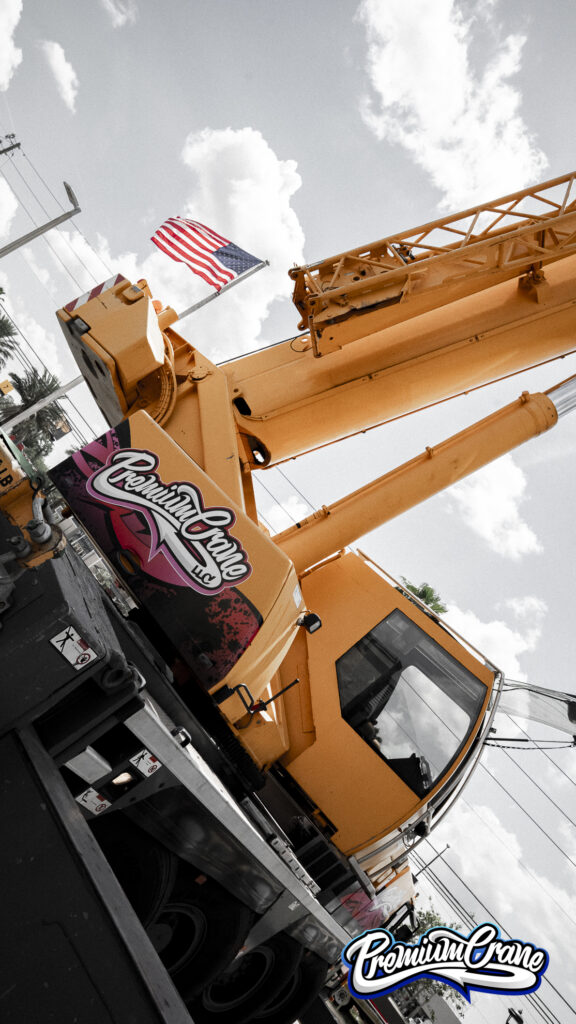How Cranes Work – The Engineering Behind Every Lift

Cranes are everywhere — from construction sites to industrial yards to emergency recovery scenes — but most people never stop to think about how cranes work. These machines are marvels of modern engineering, designed to lift, balance, and maneuver tons of material with precision and safety.
At Premium Crane LLC, we operate these systems every day, and we’re breaking down the basics so you understand what goes into a successful lift.
The Basic Mechanics of a Crane
Cranes operate by combining a few simple mechanical principles:
- Leverage – to multiply force
- Pulley systems – to reduce effort
- Hydraulic pressure – to create powerful lift
- Counterweights – to stabilize and balance heavy loads
In a typical crane lifting system, the boom (arm), hook, wire rope, and counterweight all work together to transfer energy and safely raise a load off the ground.
Main Parts of a Crane
Whether you’re using a mobile crane, tower crane, or rough terrain unit, most cranes include the following core components:
- Boom – The long arm that extends to reach loads
- Jib – An extension of the boom for additional reach
- Hoist – The system that raises and lowers the load
- Wire Rope – Steel cable that bears the weight
- Hook – Connects the load to the rope
- Counterweight – Offsets the lifting force to prevent tipping
- Rotex Gear – Allows 360° rotation of the boom
Each of these components plays a critical role in maintaining lift capacity and site safety.
Types of Cranes and How They Operate
Different cranes are built for different environments. Here’s how some of the most common crane types function:
Mobile Cranes
Operate using hydraulic cylinders and booms mounted on a truck or carrier. Highly versatile and commonly used on Florida job sites.
[Learn more about mobile crane rental] link to internal blog here
Tower Cranes
Use a tall, fixed mast and counter-jib system to lift materials vertically on high-rise builds.
Rough Terrain Cranes
Use large rubber tires, hydraulic suspension, and 4-wheel steering to handle uneven surfaces.
How Cranes Stay Safe While Lifting
Cranes rely on advanced load monitoring and operator skill to avoid overloading, tipping, or cable failure. Every lift is carefully planned with:
- Load calculations
- Lift radius checks
- Weather considerations (wind speed, lightning, etc.)
- Certified operator protocols
- On-site spotters and signalers
We take crane safety seriously — and every project is handled by a licensed, insured operator trained to handle emergency scenarios, site coordination, and load balancing.
Cranes in Action – The Process from Start to Finish
Here’s what a typical lift looks like at Premium Crane LLC:
- Site inspection
- Lift planning with the client
- Crane delivery and setup
- Load attachment and inspection
- Execution of lift under operator supervision
- Breakdown, removal, and post-lift review
It’s not just about lifting — it’s about coordination, timing, and safety. [See our crane support services in action]
Want to See a Crane in Action? Or Schedule One for Your Site?
Now that you understand how cranes work, let’s talk about how we can make them work for you. Whether you’re placing steel, setting rooftop equipment, or lifting something unique — Premium Crane LLC has the equipment, operators, and experience to get the job done right.
Contact us today to schedule a lift, ask a technical question, or request a quote. We’re here to lift smart — and lift safely.